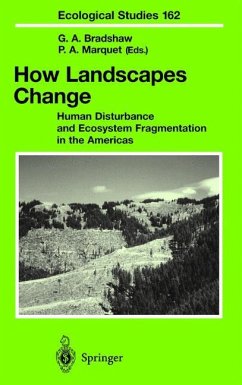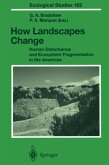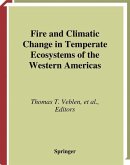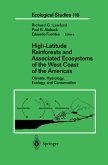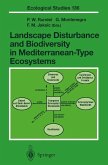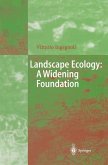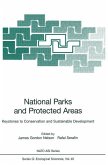North and South America share similar human and ecological histories and, increasingly, economic and social linkages. As such, issues of ecosystem functions and disruptions form a common thread among these cultures. This volume synthesizes the perspectives of several disciplines, such as ecology, anthropology, economy, and conservation biology. The chief goal is to gain an understanding of how human and ecological processes interact to affect ecosystem functions and species in the Americas. Throughout the text the emphasis is placed on habitat fragmentation. At the same time, the book provides an overview of current theory, methods, and approaches used in the analysis of ecosystem disruptions and fragmentation.
Hinweis: Dieser Artikel kann nur an eine deutsche Lieferadresse ausgeliefert werden.
Hinweis: Dieser Artikel kann nur an eine deutsche Lieferadresse ausgeliefert werden.
Das Hauptanliegen des Buches - ein besseres Verständnis des Zusammenwirkens der menschlichen und ökologischen Prozesse in den amerikanischen Landschaften - ist auch für europäische Leser interessant. Der Einblick in die Probleme von Habitatverlust und Fragmentierung in fremden Landschaften schafft die Möglichkeit, ähnliche Probleme in der Heimat neu zu reflektieren. Ein Besonderes Plus sind die aktuellen und ausführlichen Literaturverzeichnisse, die dem interessierten Leser einen schnellen Einstieg in verschiedenste Aspekte der Fragmentierung erlauben. (Schweizerische Zeitschrift für Forstwesen) From the contents: Biodiversity and Human Intervention During the Last 11,000 Years in North-Central Chile
- Economic Globalization, Forest Conversion and Habitat Fragmentation
- Forest Fragmentation and Biodiversity in Central Amazonia
- Climatic and Human Influences on Fire Regimes in Temperate Forest Ecosystems in Western North and South America
- Problems of Distinguishing Natural and Anthropogenic Influences on Amazonian Biodiversity
- Responses of Insect Pollinator Faunas and Flower Pollination to Habitat Fragmentation
- Implication of Evolutionary and Ecological Dynamics to the Genetic Analysis of Fragmentation
- Forest Fragmentation, Plant Regeneration and Invasion Processes Across Edges in Chile
- The Ecological Consequences of a Fragmentation Mediated Invasion
- A Conceptual Framework for Predicting the Effects of Forest Fragmentation
- Landscape Experiments and Ecological Theory
- Spatial Autocorrelation, Fractals and the Maintenance of Source-Sink Populations
- Patch Dynamics.
- Economic Globalization, Forest Conversion and Habitat Fragmentation
- Forest Fragmentation and Biodiversity in Central Amazonia
- Climatic and Human Influences on Fire Regimes in Temperate Forest Ecosystems in Western North and South America
- Problems of Distinguishing Natural and Anthropogenic Influences on Amazonian Biodiversity
- Responses of Insect Pollinator Faunas and Flower Pollination to Habitat Fragmentation
- Implication of Evolutionary and Ecological Dynamics to the Genetic Analysis of Fragmentation
- Forest Fragmentation, Plant Regeneration and Invasion Processes Across Edges in Chile
- The Ecological Consequences of a Fragmentation Mediated Invasion
- A Conceptual Framework for Predicting the Effects of Forest Fragmentation
- Landscape Experiments and Ecological Theory
- Spatial Autocorrelation, Fractals and the Maintenance of Source-Sink Populations
- Patch Dynamics.
"A very useful book for the library." (Bulletin of the British Ecological Society)

